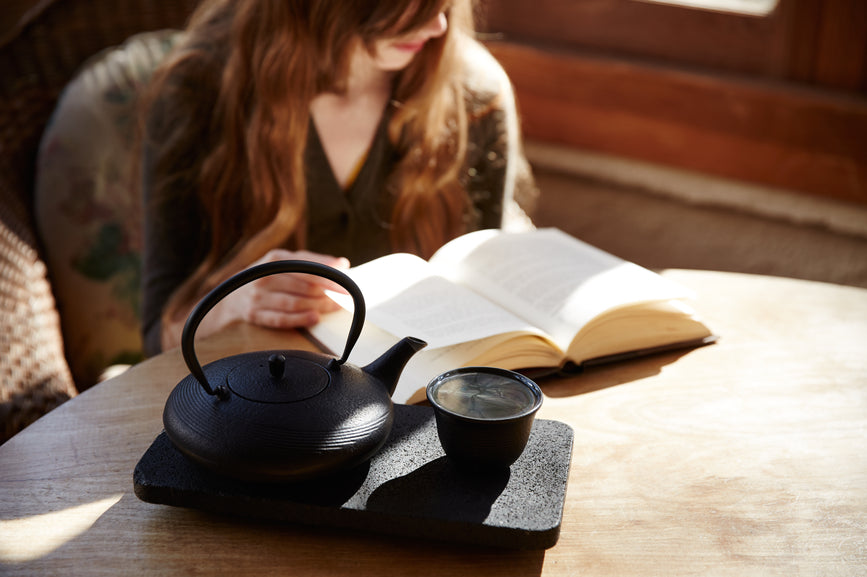Rosacea (and couperose)
There are four types of rosacea:
Erythematotelangiectatic rosacea (or pre-rosacea diathesis) includes skin flushing, redness, and visible or broken blood vessels on the face, especially on the cheeks and nose.
Papulopustular rosacea looks more like red bumps and acne-like rashes.
Phymatous rosacea causes central redness, large pores, and thickening of the skin on the nose and cheeks.
Then there is ocular rosacea , where the symptoms are red, watery, bloodshot eyes.
And what is couperose ?
Couperose begins with light reddish spots and clearly visible blood vessels on the face. When our skin loses elasticity, the vessels stop contracting and can even burst. This then causes red spots to appear on the skin. Sometimes the skin itches and feels dry. Important: Couperose often develops into rosacea.
Rosacea most commonly occurs between the ages of 30 and 50 and has a genetic component. Incidentally, it occurs significantly more often in women than in men.
But what to do?
PLEASE AVOID:
AGREESIVE CLEANING AND SCRUB PARTICLES
Your skin is already in a very irritated state. It's okay to gently exfoliate every now and then, but not daily. Of course, the same applies to cleansing masks, microfiber cloths for removing make-up, etc. etc.
SODIUM LAURYL/LAURETH SULFATE (SLS for short) in the products
Unfortunately, this common detergent is still found in many cosmetic products. It is not only recommended for skin affected by rosacea. But especially here we shouldn't expose the skin to any additional irritation. Please avoid anything with laureth/lauryl sulfates.
SYNTHETIC SCENT
Synthetic fragrances can contain hundreds of undisclosed ingredients, some of which are irritants or allergens – not ideal for already red skin.
COSMETICS WITH ALCOHOL
Alcohol-based toners and sprays can further dry out the skin, making it even more susceptible to redness and dryness.
Here is my product recommendation for your skin:
Double cleanse in the evening with the mild pre cleanse oil
Extras, as required:
Eye care like Skin Repair Eye Oil
While you change your skin care routine, I would also ask you to keep a detailed skincare diary to see what other triggers could be responsible for your rosacea.
EXTERNAL TRIGGERS:
The most common triggers for rosacea are red wine (and some other forms of alcohol), very cold or hot weather, sunlight, spicy foods, hot drinks and really strenuous exercise - and of course stress. You may have just one main trigger or a mix of many small external irritations.
Horror scenario for rosacea skin:
Skiing in winter...
+ sweaty sport
+ Cold (plus felt frost on the skin)
+ Sun in the mountains
+ Alcohol at après-ski
+ and sauna to warm up
You can well imagine it, right?
Pretty much all of the factors would be combined.
THE GOOD NEWS:
With the right care and a conscious approach to external triggers, you can live well with rosacea and your skin can - and will - improve significantly. I myself have experienced many customers where the skin was not recognized “afterwards”. Deliberately leaving out the ingredients mentioned above is half the battle.
THE SEMI-BAD NEWS:
Unfortunately, there is no miracle cream or miracle treatment. Rosacea skin needs patience, routine and consistency. This means you have to support your skin from the inside and out, and maybe even get through a little flare-up from time to time. Which I think is okay, because in the end no skin is the same every day and certainly not perfect every day.
LAST NOT LEAST:
Stress. It's not good for any skin, but sensitive rosacea skin doesn't like it at all. Meditation, gentle yoga and journaling are great for keeping life and skin in balance.











Leave a comment